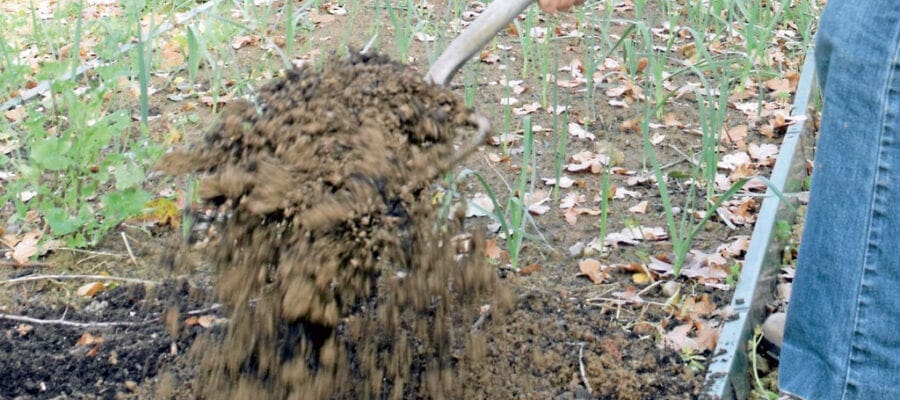
Catalogues offer you tree and soft fruit grown in two different ways. Fruit growers who also supply gardeners will usually grow their plants in the field planted directly into the nursery soil.
These are lifted when the plants are dormant from October to March and sent to you with no or very little soil on the roots – hence they are called bare-rooted plants. Nurseries wait for the leaves of their field-grown plants intended for sale as barerooted stock to fall before lifting.
Seed companies and other nonspecialist suppliers will often supply plants which have been grown in containers and these can be purchased at virtually any time of the year. Both types have their advantages and disadvantages:
- Bare-rooted plants generally establish more quickly and better in their new home. They are also cheaper and arrive at a time of year when the cooler weather makes it easier to establish the plants before the onset of any hot, dry weather.
- They should be planted as soon after they arrive as possible and for this reason it is best to have the site and soil prepared beforehand.
- You will find a much wider choice of varieties on offer as bare-rooted plants than container-grown so this is the best way to buy heritage or specific varieties. You may also get the choice of which rootstock your variety is grafed to – essential in determining the eventual height and sprerad of your tree.
- Container-grown plants can be purchased and planted at virtually any time of year although hot, dry weather should be avoided. They will of course be happy to live in their pots (provided they are well watered and cared for) for some time after arrival before they have to be planted.
- The planting of trees and soft fruit is usually best done from autumn through winter. Order from specialist catalogues in summer.

Prepare the ground
While you wait it is a good idea to prepare the planting site by digging in plenty of organic matter such as well-rotted compost or manure and removing any perennial weeds.
Make sure you have everything to hand such as a granular general fertiliser, bonemeal or tree fertiliser, rabbit guard (where appropriate), a stake and tree tie for tree fruit.
Cane fruit such as summer fruiting raspberries, loganberries and blackberries will need more substantial support from posts and wires. Get these in position to avoid any delay in planting when your stock arrives.
Planting a tree
- Simply dig a hole wide enough all round to take the roots without having to twist them to fit and deep enough to bury the rootball to the depth of the soil mark on the stem which usually remains after the plant is lifted.
- If you are unsure, remember that the graft union of a fruit tree should be well above the soil after planting. To make it easier to gauge the height, place a stick over the top of the hole against the stem of the tree. Fork over the base of the hole and sprinkle a little of your chosen granular fertiliser into the base and over the backfill.
- Once you have the height right feed the stake through the roots while they are still visible so that you don’t damage them. The stake should be placed on the windward side of the tree to give it most support and be about scm (2in) away from the trunk; knock it in to the ground so that it is a good 45cm (18in) into the soil.
- Place the tree back into the hole and start to fill with soil; if possible get someone to lend a hand here, one person holding the tree upright and also jiggling the tree up and down in the hole to encourage the soil to filter through the roots and not to leave any large gaps. Further gentle firming with the foot around the stem once the hole is full also ensures that the roots are in good contact with the soil. Finally water the tree well and secure it to the stake with a tree tie.





